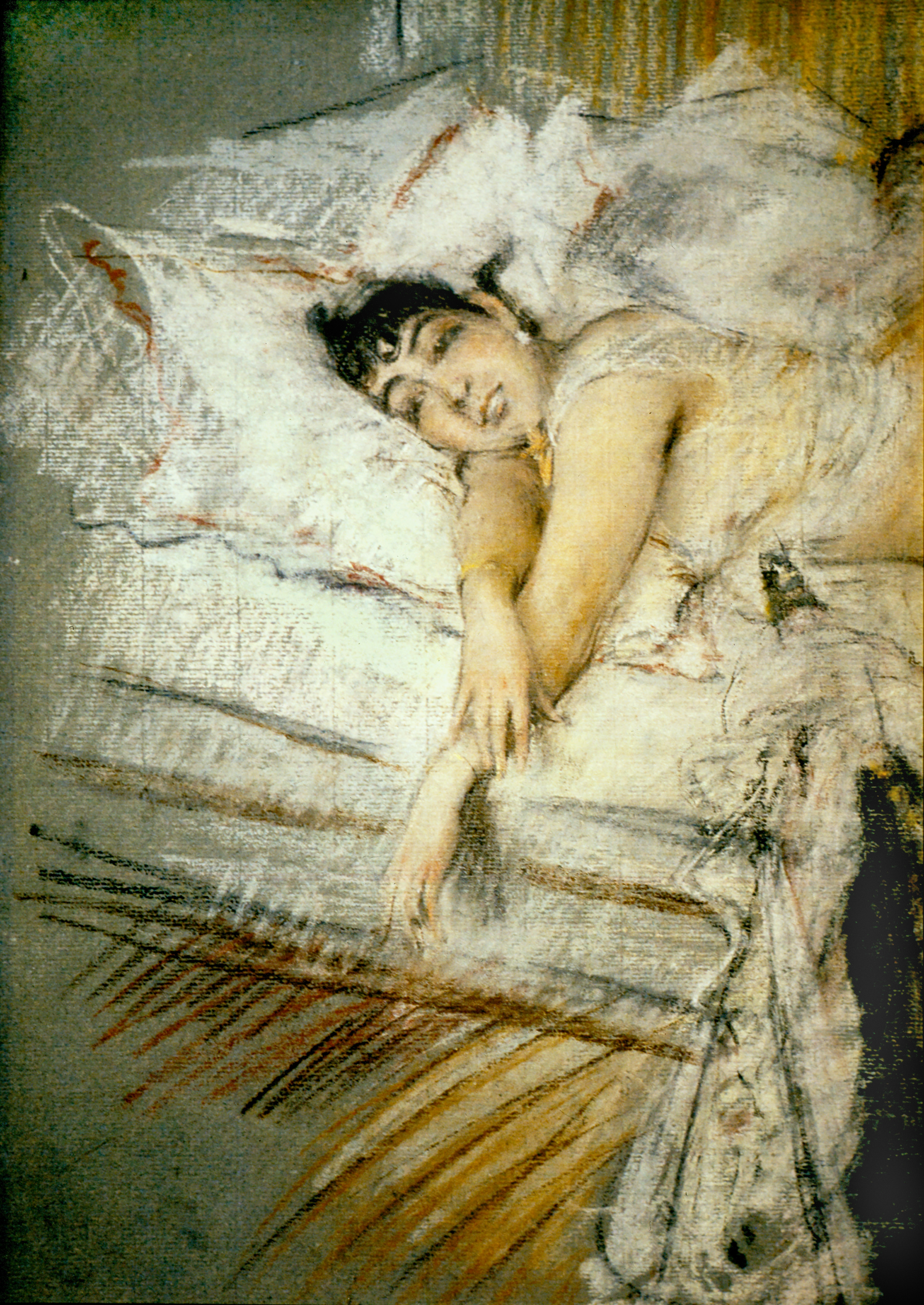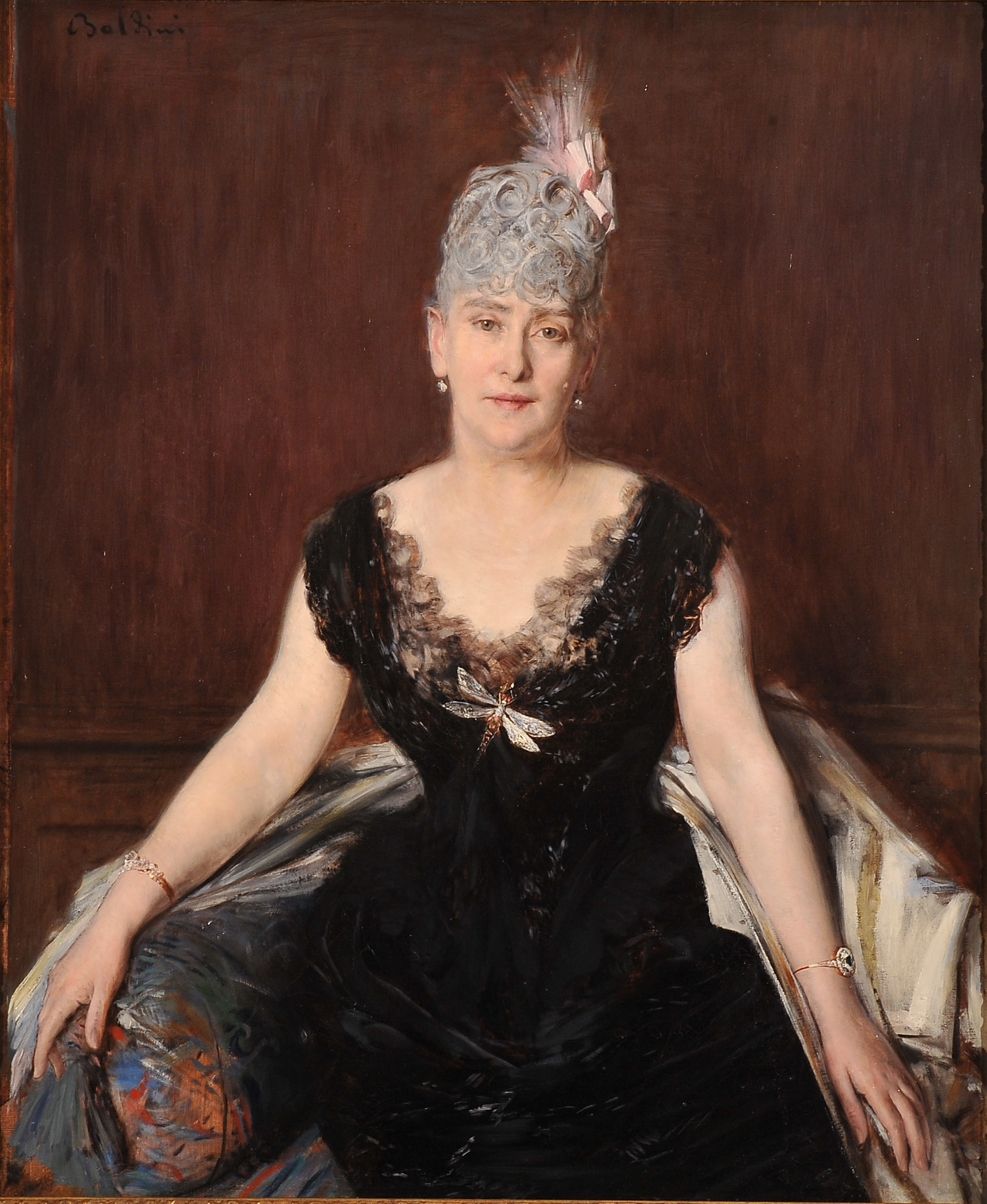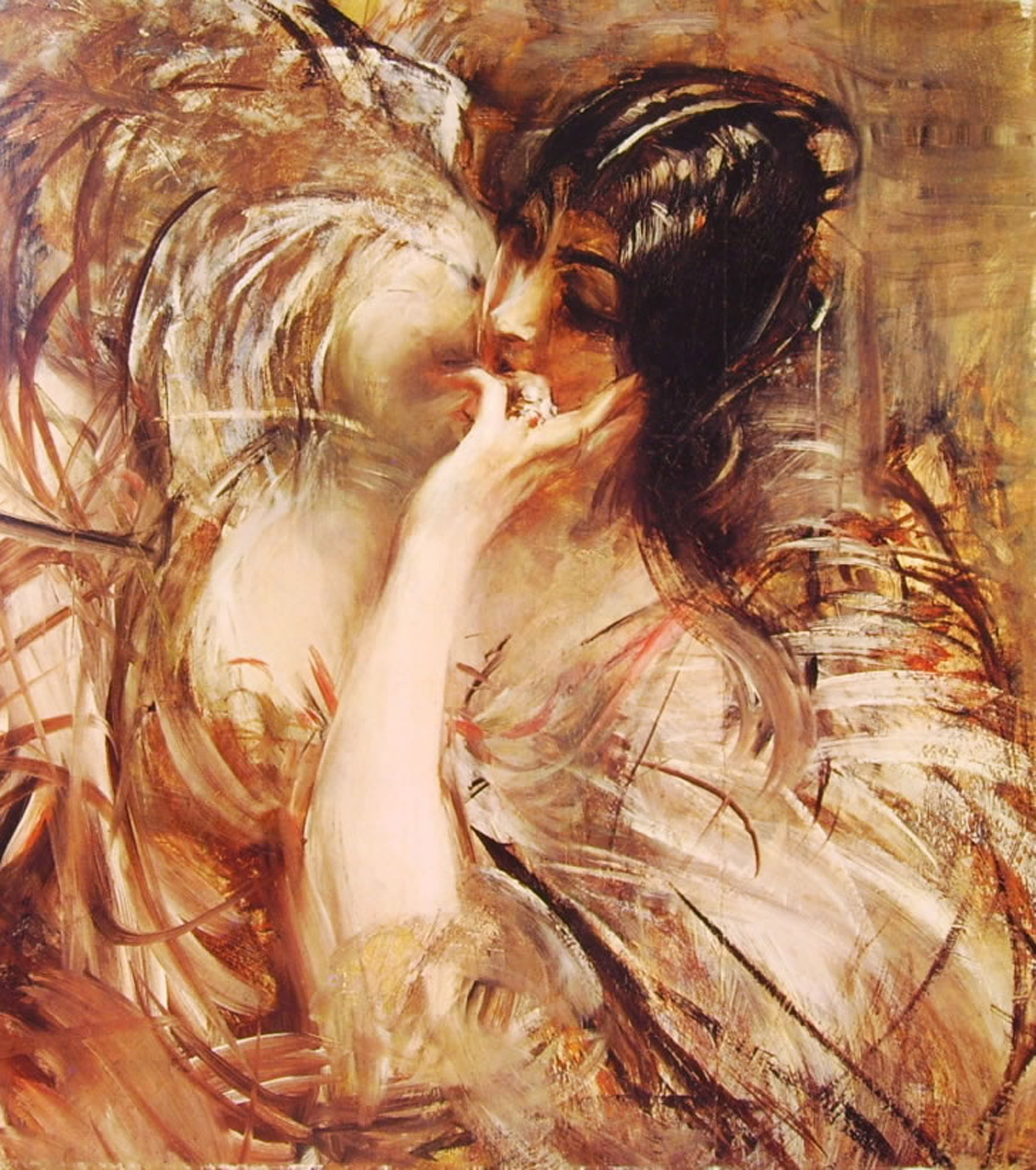John Boldini, Bust of a recumbent young woman1912 ca, Oil on canvas, 80.5 x 65 cm, Bologna, Ca’ la Ghironda ModernArtMuseum
Getting intoxicated with the fragrance of their perfume, different each time, this little man with a hypnotic gaze and very fine blond hair metabolized the essence of their controversial personalities and then launched his blow with the brush, reducing to nothing that respectability that his guests had wanted to demonstrate by entering his studio for the first time.
From tomorrow, November 26, until April 10Palazzo Mazzetti in Asti is transformed into one of the many salons that welcomed the extraordinary social rebirth of those years through an exhibition entitled Boldini and the myth of the Belle Époque which celebrates one of the artists who has best managed to capture everything that mattered in the capital in a modern and countercurrent key, giving back to dandies, heiresses, writers and noblewomen who offered their gazes to the Ferrarese painter, a moment of eternal spring and the face of an era and a metropolis in full evolution.

Giovanni Boldini, The Countess de Rasty in bed, about 1880, pastels on paper, 28 x 42.5 cm, private collection | Courtesy Museoarchives Giovanni Boldini Macchiaioli
The project, curated by Tiziano Panconi, will welcome visitors to Palazzo Mazzetti with over 80 masterpieces. Sinking his gaze into the very rapid brushstrokes that outline drapes and hairstyles, the visitor winks at the Blond lady in evening dress, almost perceiving the perfume that emanates from the eccentric fan with ostrich feathers of this woman with a diaphanous complexion. The portrait of the Infanta Eulalia of Spain, another of the works in the exhibition, made by Boldini at the end of the 19th century, at the height of her career and notoriety, portrays the princess in a conventional pose with the richness of the dress, the transparencies and the embroideries described with brushstrokes and measured touches which make the overall representation more controlled and responsive to the character and protocol of the portrayed woman.
A parade at Palazzo Mazzetti will then be the Bust of a recumbent young woman (1912 ca.) and again The voile blouse (1906 ca.), protagonists of a chronological and at the same time thematic narration, which emphasizes Boldini’s manner, his ability to exalt female beauty with uniqueness, revealing the most intimate and mysterious soul of the noble protagonists of the time.
Along the way, the visitor will grasp the artist’s extraordinary ability to psychoanalyse his subjects, his “divines”, making them pose for hours, conversing with his models without tiring of asking them the most inconvenient questions, until he understands them deeply and imprints on the canvas the fleeting moment, that unique moment in which the most sincere glance revealed the state of mind and the mimicry of the body became more expressive.

Giovanni Boldini, Portrait of M.me Seligman, 1883, Oil on canvas, 80 x 100 cm, Private collection | Courtesy Museoarchives Giovanni Boldini Macchiaioli
On the other hand, being portrayed by the master, one of the most capable and imaginative in capturing the electrifying charm of the Belle Époque, meant for every great lady to take off the clothes of aristocratic pride to play along, accepting their provocations, responding in kind to the insolences, breaking down the ideological wall of arrogance that sometimes hid deep weaknesses.
The six thematic sections of the itinerary therefore invite you to join Boldini’s physical and artistic journey. We follow the painter from Ferrara to Florence, to Paris, thanks to the sum of 29,260 lire, part of the inheritance left years earlier by his paternal great-uncle, which would have allowed him to leave his city forever and reach Florence, entering into close contact with the Macchiaioli and with Telemaco Signorini. In October 1871 the definitive transfer to Paris, the collaboration with the powerful merchant Goupil, the dazzling charm of Marià Fortuny i Marsal, the glitter of the sumptuous patrician palaces.

Giovanni Boldini, The voile blouse, 1906 c. Oil on canvas, 72×63.5cm. Ferrari Priests Collection
We reach the right bank of the Seine, between the Montmartre hill and the Place Pigalle, where the Italian painter lived at number 1 until 1886 and where the scandalous curtain of the demi-monde opened in the evening, awash with booze and crowded with prostitutes. But the cosmopolitan Ville Lumière of the café-chantants and the Impressionists is also the casket in which the aspirations of female painters such as Berthe Morisot and Mary Cassatt or the sculptor Camille Claudel flourish. If the fourth section of the exhibition – The “breath of life” in the set portrait – leads us into the study of grand master painter, the sorcerer guardian of the arcane secrets of female beauty and charm, among his models with whom he tried to break the label through pungent jokes and sparkling banter, the penultimate section tells the taste of the end of the century. Here we meet the femmes divines of Boldini, from the Countess Greffulhe, with her eccentric tulle dresses, to the shy Cléo de Mérode, the dancer of the Paris Opéra, famous for her ethereal beauty.
The exhibition Boldini and the myth of the Belle Époque, organized by Arthemisia, it is created by the Asti Musei Foundation, the Cassa di Risparmio di Asti Foundation, the Piedmont Region and the Municipality of Asti. The Catalog is published by Skira.
![]() Read also:
Read also:
• Boldini and the portrait: a story to discover in Asti
• Boldini and the myth of the Belle Époque

